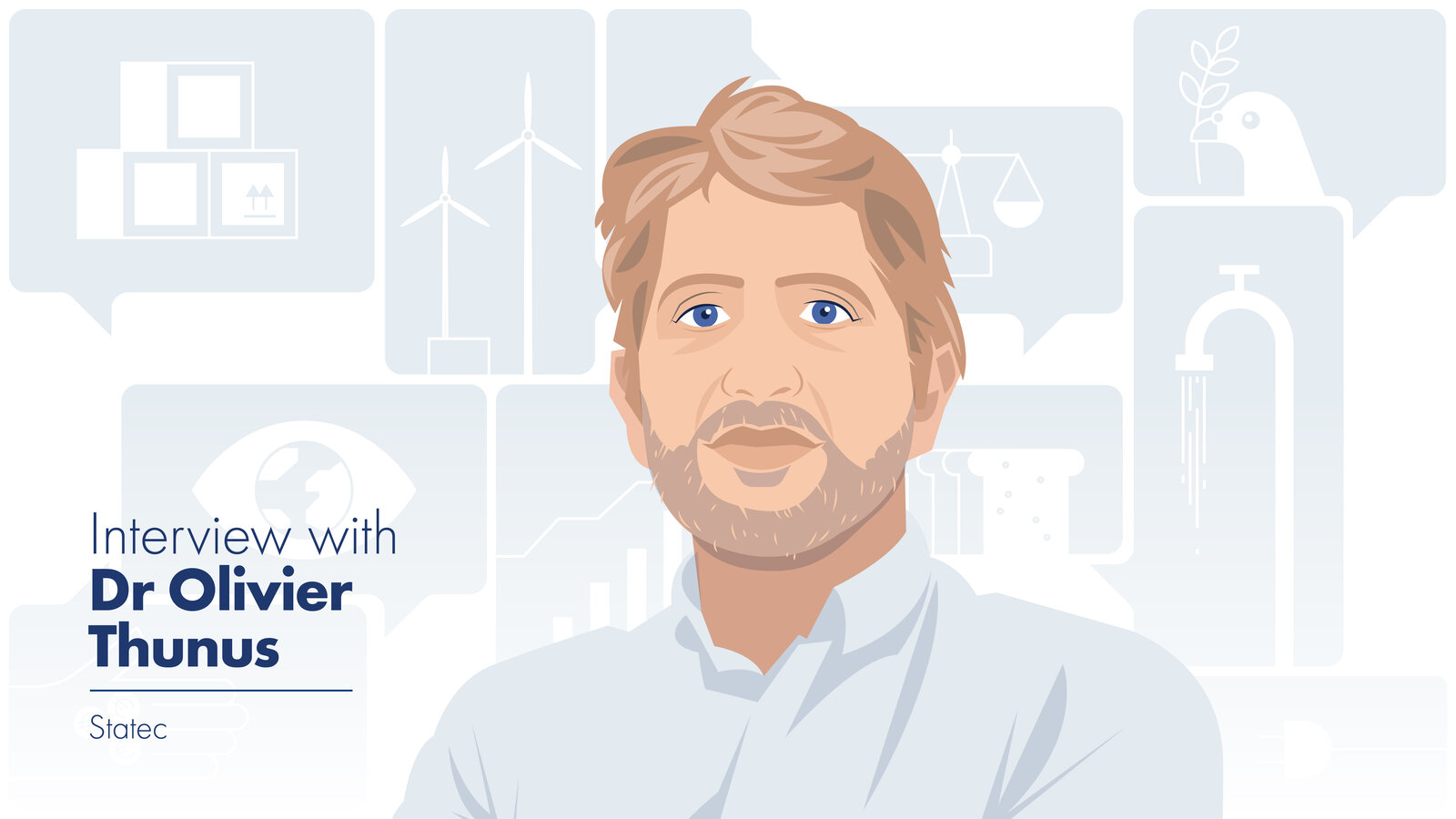Sustainable mobility and what it means for…
Sustainable mobility offers significant benefits and challenges for organisations. Strategic approaches are essential to reduce emissions and promote greener…

As part of its research programme on the ecological transition, STATEC has developed a method for estimating Luxembourg’s carbon footprint. This carbon footprint includes direct and indirect carbon dioxide (CO2) emissions.
Direct emissions are emissions emitted by Luxembourg households within the country, for example when heating with oil or natural gas.
Indirect emissions are emissions emitted abroad during the production of goods and services that will be used by Luxembourg households, for example, during the production of a television in Japan that will then be exported to Luxembourg.
From 2015 to 2019, Luxembourg’s carbon footprint was relatively stable with an average value of 22.0 t of CO2 per capita per year, or around 60 kg of CO2 per capita per day.
In 2020, following reductions in activity linked to the COVID pandemic, the carbon footprint was reduced by 15% to 51 kg of CO2 per capita per day.
The carbon footprint is a new indicator that is not yet calculated regularly in all countries. Despite this, the OECD has in the past carried out an exercise to estimate and compare the carbon footprints of 80 countries: in 2018, Luxembourg had the largest carbon footprint (21.5 t of CO2/capita) ahead of Brunei and Hong Kong. The United States ranked fourth in the world with a footprint of 17.6 t of CO2/capita. The average carbon footprint for the European Union was 7.8 t of CO2/capita.
It should be noted that it is mainly indirect emissions that inflate Luxembourg’s carbon footprint compared with the footprints of other European countries.
The main products responsible for Luxembourg’s carbon footprint are, in order of importance:
Transport accounts for around 23% of our carbon footprint. Decarbonising transport is certainly the main focus of a strategy aimed at reducing our footprint. This can be achieved through technological improvements to means of transport (electric vehicles, lighter cars, etc.) and through changes in behaviour (a modal shift to public transport, reducing the number of flights for leisure purposes, etc.).
Construction is responsible for around 12% of the carbon footprint. In this area, the choice of products used in buildings is crucial, but we can also think about optimising living space as a way of reducing our footprint.
Food products account for 10% of Luxembourg’s footprint. Production methods as well as the diet chosen by each individual can have a significant impact on our footprint. A LIST study published in June 2022 calculated that switching to a vegetarian diet would halve our carbon footprint resulting from food.
During various talks that I’ve given to young people, I’ve noticed that they are worried about the environmental emergencies of climate change and the loss of biodiversity. Reducing our carbon footprint is an easy way for us to help respond to these emergencies and reduce eco-anxiety. But beyond individual behavioural changes, we also need systemic changes within our economy to achieve a sustainable carbon footprint of 1.5 t of CO2/capita/year. The ecological transition to a green and circular economy is a battle that must be fought at every level. Young people are calling for this paradigm shift, and it’s up to us to help them implement it.
1. Reduce your consumption of clothing and footwear.
2. Reduce your digital consumption by, for example, reducing the display resolution of the videos you watch.
3. Get your electrical and electronic appliances repaired rather than buying new ones.
4. Buy second-hand products.
5. Choose products that are energy-efficient, durable, and repairable.
About the blog:
There is an urgent need for rapid transition to global sustainability. Business and industry have enormous social and environmental impacts. "Why does it matter?" is a bi-monthly blog that aims to elucidate this important topic through the eyes of our experts.
Don't miss out our experts' practical tips for your daily life and be part of the positive change.